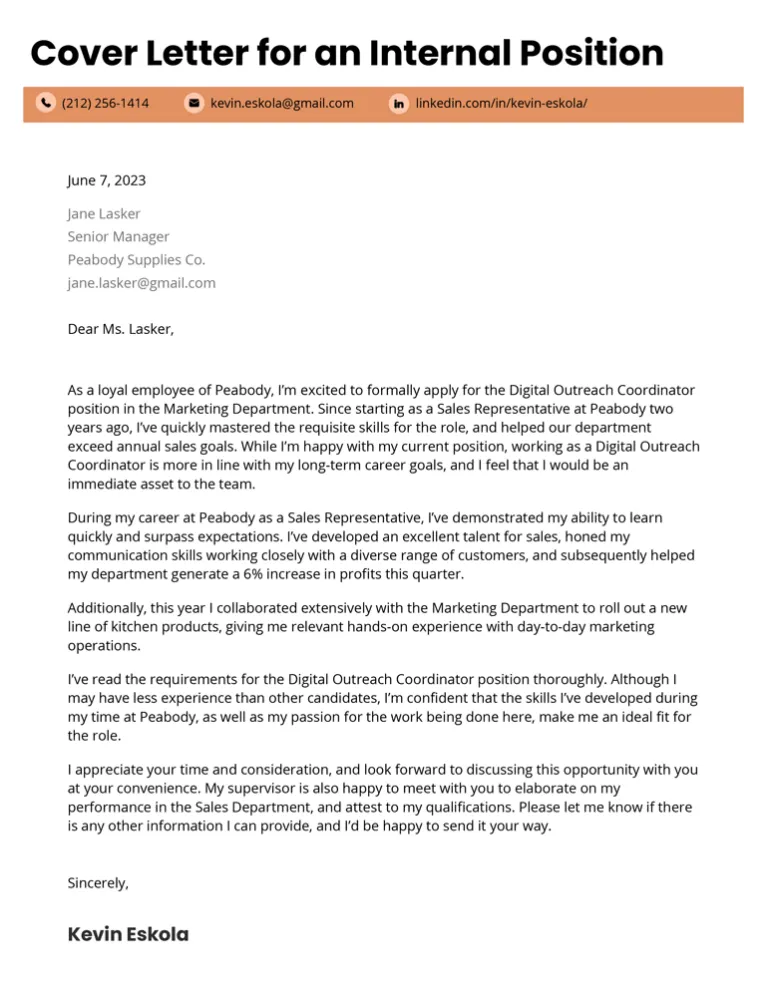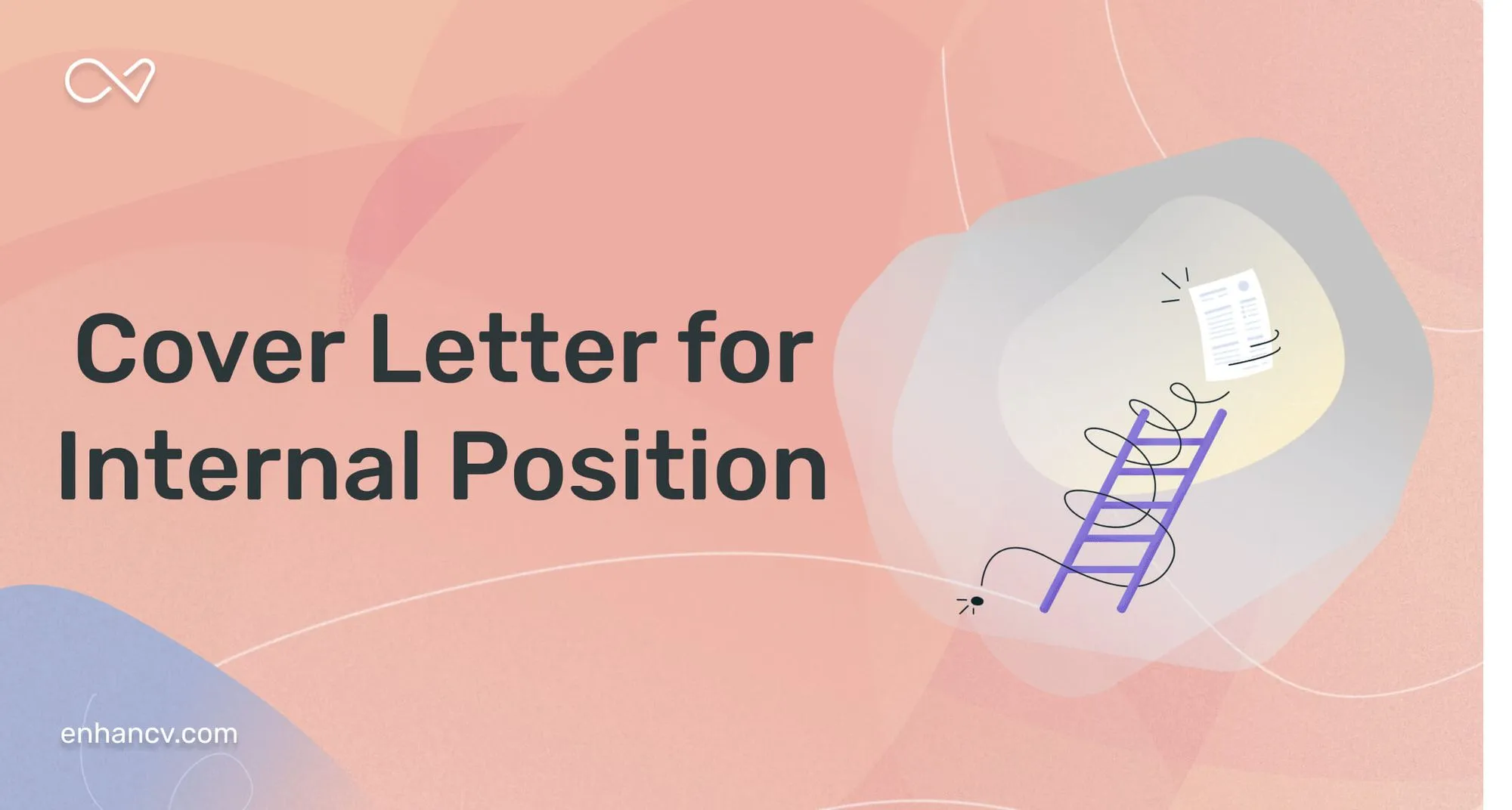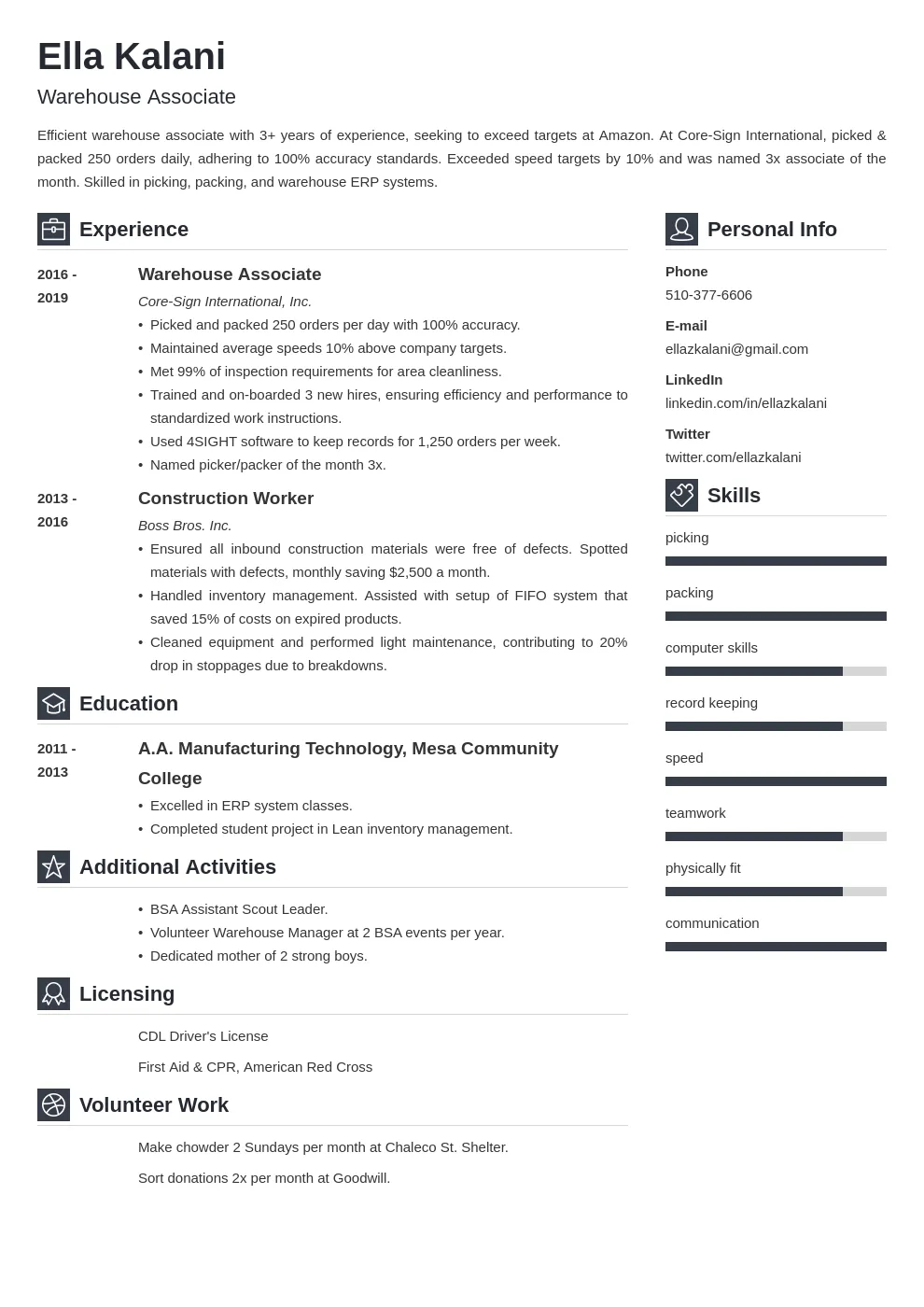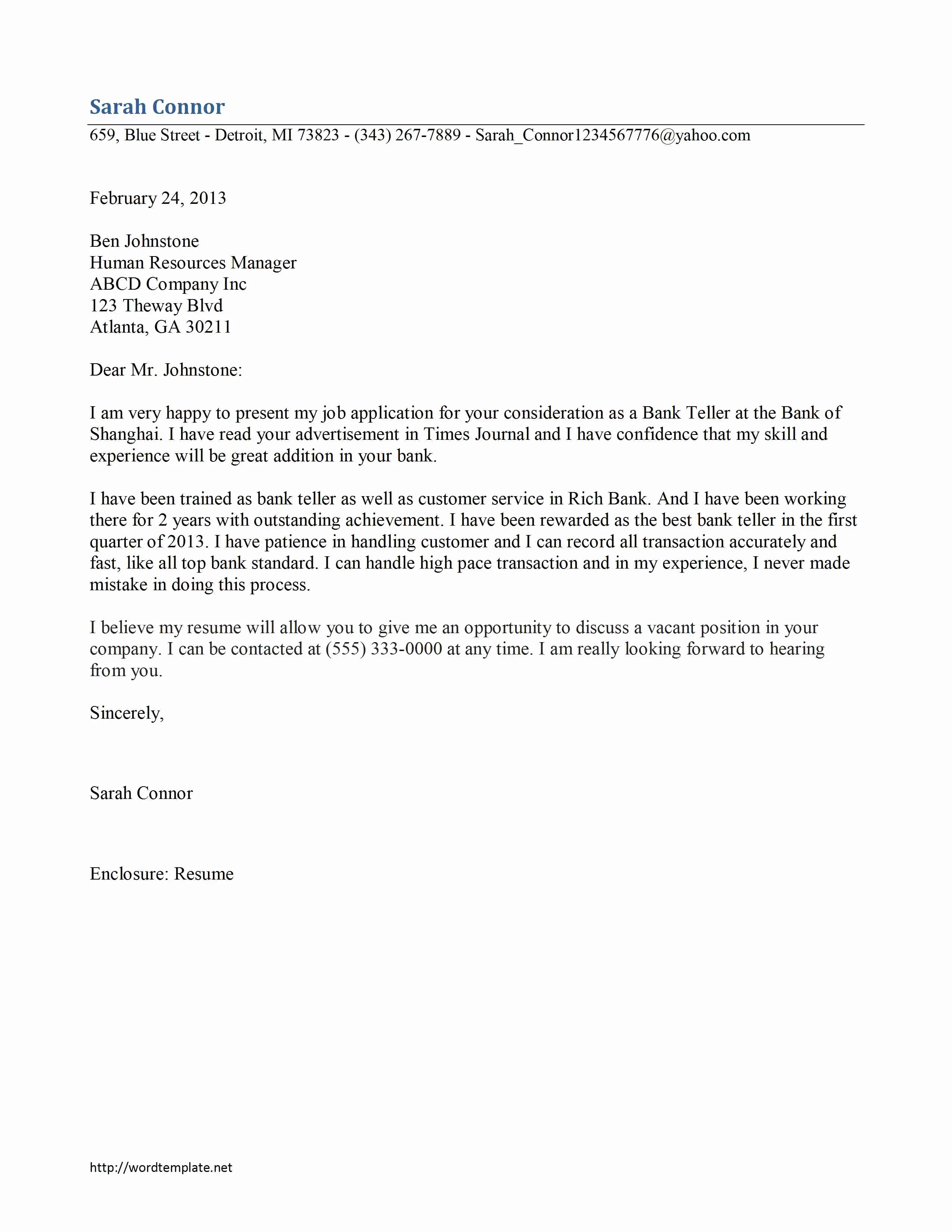Understanding the Importance of a Cover Letter for Internal Positions
Applying for an internal position can feel different than applying externally, but the core principles of a strong application remain the same. A well-crafted cover letter is a crucial tool in showcasing your suitability for the role. It allows you to go beyond the confines of your resume and provide a narrative that connects your past experiences with the requirements of the new position. In the competitive landscape of internal applications, where colleagues are also vying for the same opportunities, a compelling cover letter can set you apart and demonstrate your genuine interest and understanding of the position and the company’s goals. It provides a platform to highlight your enthusiasm, dedication, and alignment with the organization’s values, making you a more appealing candidate. This is your chance to make a strong first impression.
Why a Cover Letter is Crucial
A cover letter is a vital document because it allows you to personalize your application. While your resume lists your accomplishments and experiences, your cover letter provides context and tells the story of your professional journey. It is an opportunity to articulate why you are the ideal candidate for the specific internal position. For internal roles, it shows that you are ambitious and keen to grow within the company. Moreover, it gives you a chance to demonstrate your knowledge of the company’s culture, the role, and how your skills align. Unlike external applications, internal applications often come with existing knowledge and insights into the company, and your cover letter should leverage this to your advantage.
Demonstrating Your Value

Demonstrating your value in a cover letter involves more than just listing your past responsibilities. It’s about illustrating the impact you’ve made in previous roles and how those contributions translate into value for the new position. Quantify your achievements whenever possible; use numbers, percentages, or specific examples to highlight your successes. For instance, instead of saying you ‘improved customer service,’ you could state ‘increased customer satisfaction scores by 15% in six months through the implementation of a new feedback system.’ Show how your skills align with the company’s goals and the needs of the position. Ultimately, you are showing how your skills will help the company succeed, showing why they should consider you for the position.
Highlighting Relevant Skills and Experience
Your cover letter should meticulously highlight the skills and experiences that align with the requirements of the internal position. Review the job description carefully and identify the key skills and qualifications the hiring manager is seeking. Then, provide specific examples from your work history where you’ve successfully demonstrated those skills. This could be through project management, team leadership, problem-solving, or any other relevant competencies. The goal is to connect your past achievements to the current role, making it clear that you have the necessary abilities to excel in the new position. Tailor each cover letter to each internal position, showing that you understand its challenges and needs.
Identifying Transferable Skills
Transferable skills are crucial to emphasize when applying for an internal position, especially if the new role differs from your current one. These are the skills you’ve developed in previous roles or experiences that can be applied to a new environment. Examples include communication, leadership, problem-solving, time management, and adaptability. Identify these skills within your resume and elaborate on how they apply to the requirements of the new position. For example, if you have experience leading a team in a previous role, emphasize how this skill will enable you to collaborate effectively with colleagues and manage projects in the new role. Focusing on these transferable skills demonstrates your versatility and your potential to succeed in a new capacity within the company. This will increase your chances of getting selected.
Showcasing Achievements

Showcasing your achievements is a key element of a successful cover letter. Rather than simply listing your duties, focus on your accomplishments and the impact you’ve made in your current and previous roles. Quantify your achievements whenever possible. Use metrics such as ‘increased sales by 20%’ or ‘reduced project costs by 15%.’ Provide specific examples of projects or initiatives where you exceeded expectations or demonstrated exceptional skills. If you received any awards or recognition, be sure to mention them. Demonstrating your achievements not only highlights your capabilities but also shows your potential to deliver similar results in the new position. Remember to relate your achievements to the specific needs of the role.
Tailoring Your Cover Letter
The most effective cover letters are tailored to the specific position and company. Generic cover letters often fail to make a lasting impression because they don’t demonstrate a clear understanding of the role or the organization. When writing your cover letter, carefully analyze the job description and identify the key requirements and desired qualifications. Then, tailor your letter to highlight your relevant skills and experiences in a way that directly addresses those needs. This includes researching the company’s mission, values, and recent achievements to show that you understand the organization and are committed to its success. Use keywords from the job description to make your letter more relevant and increase your chances of getting noticed.
Researching the Internal Position
Thorough research of the internal position is crucial for writing a compelling cover letter. This goes beyond merely reading the job description. Try to understand the role’s responsibilities, the challenges associated with it, and how it aligns with the company’s overall objectives. Speak with current employees or individuals in similar roles to gain insights into the day-to-day operations and the skills required for success. Identify any specific projects or initiatives the team is working on and consider how your skills and experiences could contribute to those efforts. This research allows you to craft a cover letter that is not only informative but also demonstrates your genuine interest and a solid understanding of the position and the company. The more you understand about the position, the better you can tailor your letter to address its specific needs.
Aligning Your Skills with the Job Description

A crucial aspect of a well-written cover letter is the alignment of your skills and experiences with the job description’s requirements. Begin by carefully reviewing the job description, highlighting the key skills, qualifications, and responsibilities. Next, identify the skills and experiences you possess that directly relate to these requirements. In your cover letter, provide specific examples of how you have demonstrated those skills in your past roles. Use action verbs to describe your accomplishments and quantify your results whenever possible. If the job description mentions specific software or technologies, be sure to highlight your proficiency in those areas. By clearly demonstrating how your skills and experiences align with the job description, you can make a strong case for why you are a suitable candidate for the internal position. Remember to use keywords from the job description to enhance relevance.
Structuring Your Cover Letter Effectively
A well-structured cover letter enhances its readability and ensures that your key qualifications are easily accessible to the hiring manager. The standard structure includes an introduction, body paragraphs, and a conclusion. Each section should serve a specific purpose and work together to present a cohesive narrative. The introduction should immediately capture the reader’s attention and state the position you’re applying for. The body paragraphs should provide specific examples of your relevant skills and experiences. The conclusion should summarize your qualifications and express your enthusiasm for the position and the company. A clear and logical structure makes it easier for the reader to follow your argument and understand why you are the best fit for the role.
Opening the Cover Letter
The opening paragraph of your cover letter is critical because it sets the tone and immediately captures the reader’s attention. Begin by clearly stating the position you are applying for and how you learned about the opportunity. Briefly introduce yourself and express your enthusiasm for the role. If you have a personal connection to the company or a specific department, mention it here. Avoid generic opening statements, such as ‘I am writing to express my interest.’ Instead, aim for a more engaging and personalized approach that highlights your excitement for the opportunity. A strong opening paragraph will make the hiring manager want to read more and learn about your qualifications. Consider mentioning a key skill or achievement that immediately demonstrates your value to the position.
Body Paragraphs

The body paragraphs of your cover letter are where you delve into your qualifications and demonstrate how your skills and experiences align with the job requirements. Each paragraph should focus on a specific skill or accomplishment, supported by concrete examples and data. When possible, quantify your achievements to showcase the impact you’ve made in past roles. For instance, instead of saying you ‘managed a team,’ you could state that you ’led a team of 10 employees, resulting in a 15% increase in project efficiency.’ Use action verbs to describe your accomplishments and connect them to the needs of the internal position. Focus on results and the value you brought to previous roles. Structure each paragraph with a clear topic sentence, supporting details, and a concluding statement that reinforces your suitability for the role.
Closing and Call to Action
The closing paragraph of your cover letter should summarize your qualifications and reiterate your interest in the position. Reiterate your enthusiasm for the role and the company, emphasizing your desire to contribute to their success. Clearly state your availability for an interview and provide contact information. Include a call to action, such as ‘I am eager to discuss my qualifications in more detail’ or ‘I look forward to the opportunity to contribute to your team.’ End the letter with a professional closing, such as ‘Sincerely’ or ‘Best regards,’ followed by your name. A strong closing paragraph leaves a lasting impression and encourages the hiring manager to take the next step in the hiring process.
Formatting and Proofreading Your Cover Letter
The formatting and proofreading of your cover letter are crucial for making a professional impression. Errors in grammar, spelling, or formatting can undermine your credibility and suggest a lack of attention to detail. A well-formatted cover letter is easy to read and visually appealing. Always use a clear, professional font, such as Arial, Calibri, or Times New Roman, with a font size between 10 and 12 points. Ensure proper spacing between paragraphs and sections. Proofread your cover letter carefully for any errors in grammar, spelling, and punctuation. Ask a friend or colleague to review your letter, as a fresh pair of eyes can often catch mistakes you might miss. Paying attention to these details demonstrates your professionalism and commitment to the position.
Font and Layout

The font and layout of your cover letter significantly impact its readability and overall presentation. Choose a professional and easy-to-read font, such as Arial, Calibri, or Times New Roman. Stick to a font size between 10 and 12 points. Use clear and consistent formatting throughout the document. Maintain consistent margins (typically one inch on all sides) and spacing between paragraphs. Use bullet points or numbered lists to highlight key information, such as your skills or achievements. Avoid using excessive formatting, bolding, or italics, as it can distract from the content. Ensure your letter is well-organized and visually appealing to make a positive impression on the hiring manager. A clean and professional layout reflects your attention to detail.
Proofreading and Editing
Proofreading and editing are essential steps in ensuring your cover letter is polished and error-free. Thoroughly review your letter for any errors in grammar, spelling, punctuation, and sentence structure. Read the letter aloud to catch any awkward phrasing or inconsistencies. Use a grammar checker tool to help identify potential mistakes. However, do not rely solely on these tools; they can sometimes miss errors. Ask a friend, family member, or career advisor to review your letter. Fresh eyes can often spot errors you might have overlooked. Ensure that all the information is accurate and consistent with your resume. A well-proofread cover letter demonstrates your attention to detail and your commitment to presenting yourself in the best possible light. It will leave a positive impression and increase your chances of success.
